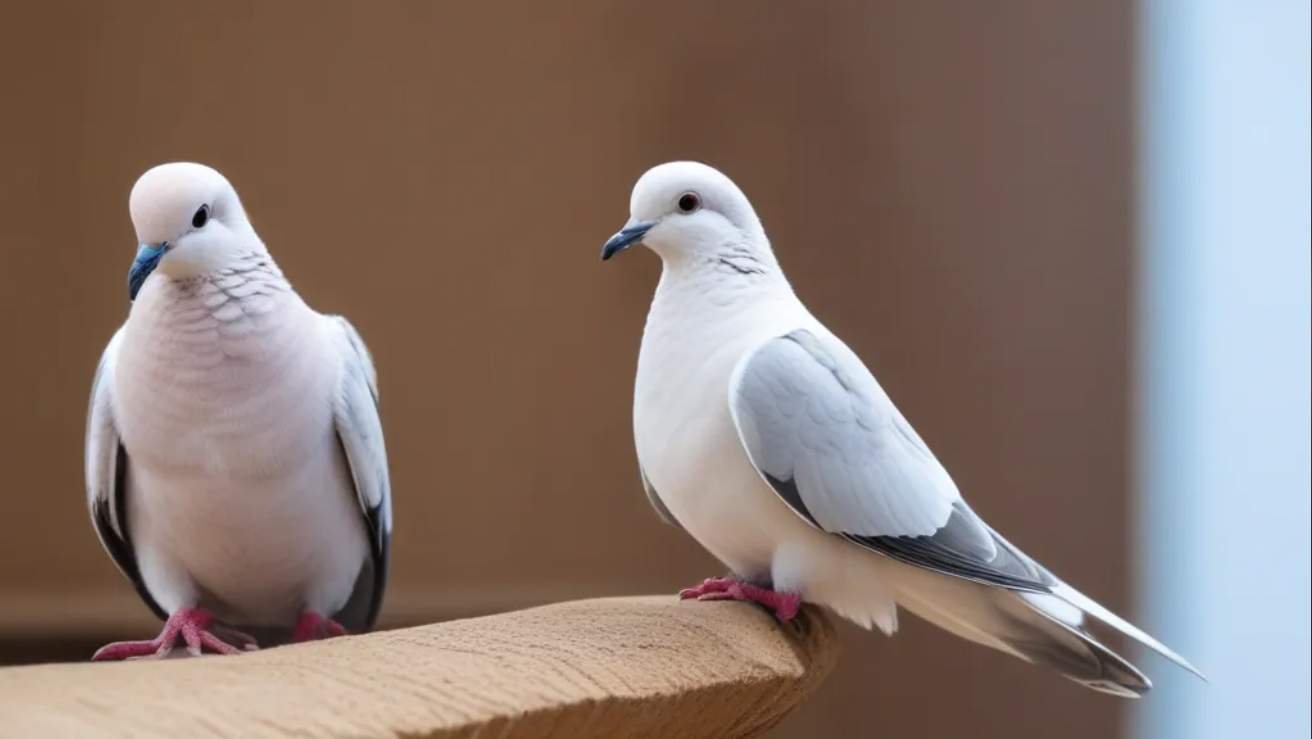Howdy, fellow outdoor enthusiast! There’s something magical about an Oklahoma sunset in early fall—the air turns crisp, harvest fields glow golden, and the sky comes alive with the whistling wings of migratory birds. If that sound gets your heart pumping, you’re in the right place. Welcome to your complete guide for Oklahoma’s 2025-2026 wingshooting season, where we break down everything from dates and regulations to pro tips that’ll make your hunts more successful. Whether you’re a seasoned shooter or introducing someone to the sport, Oklahoma’s diverse landscapes offer incredible opportunities to test your skills. Let’s mosey on through the details! 🌅
Quick Draw: Oklahoma’s 2025-2026 Migratory Bird Seasons at a Glance
| Species | 2025 Season Dates | Daily Bag Limit | Possession Limit |
|---|---|---|---|
| Mourning Dove | Sept 1 – Oct 30 & Dec 13 – Dec 31 | 15 | 45 |
| White-winged Dove | Sept 1 – Oct 30 & Dec 13 – Dec 31 | 15 | 45 |
| Eurasian Collared-Dove | Year-round | No limit | No limit |
| White-tipped Dove | Sept 1 – Oct 30 & Dec 13 – Dec 31 | 15 | 45 |
| Rails (Sora & Virginia) | Sept 1 – Nov 9 & Dec 14 – Jan 1 | 25 | 75 |
| Common Snipe | Sept 1 – Dec 16 & Jan 1 – Feb 15 | 8 | 24 |
Note: Dove limits are aggregate for mourning, white-winged, and white-tipped species combined.
Detailed Season Breakdown: Plan Your 2025-2026 Hunts
Oklahoma’s split-season framework provides excellent opportunities throughout the fall, with the second segment offering fantastic hunting after crops have been harvested.
Mourning, White-winged & White-tipped Doves
These swift flyers provide the backbone of Oklahoma’s wingshooting tradition, offering action across the state’s agricultural lands.
- Segment 1: September 1 – October 30, 2025
- Segment 2: December 13 – December 31, 2025
- Shooting Hours: 30 minutes before sunrise to sunset
- Bag Limits: 15 daily, 45 in possession (combined total for all three species)
Eurasian Collared-Dove
This non-native species offers additional opportunities throughout the year:
- Season: Open year-round (April 1, 2025 – March 31, 2026)
- Bag Limits: No daily or possession limits
- Note: These larger birds often frequent farmsteads and suburban areas
Other Migratory Game Birds
While pursuing doves, you might encounter these other species that share similar habitats:
- Rails (Sora & Virginia): September 1 – November 9 & December 14 – January 1, 2026
- Common Snipe: September 1 – December 16 & January 1 – February 15, 2026
- Woodcock: Typically December 18 – January 31 (check current regulations)
Understanding Oklahoma’s Hunting Regulations
Knowing and following the rules ensures both your safety and the sustainability of our wildlife resources.
- HIP Certification Required: All migratory bird hunters must obtain free Harvest Information Program certification
- Shotgun Restrictions: Firearms must be plugged to hold no more than three shells
- Baiting Regulations: Hunting over baited areas is strictly prohibited
- Non-toxic Shot: Required when hunting on certain wildlife management areas
- Transportation: Keep one fully feathered wing attached to all migratory birds during transport
License and Tag Requirements
All hunters must possess the appropriate licenses and permits before heading afield.
2025-2026 License Fees:
| License Type | Resident Fee | Non-Resident Fee |
|---|---|---|
| Annual Hunting License | $25.00 | $85.00 |
| Youth Hunting License | $10.00 | $10.00 |
| Senior License (65+) | $15.00 | N/A |
| Land Access Permit | $40.00 | $40.00 |
| Federal Duck Stamp | $25.00 | $25.00 |
License Requirements
- Age Requirements: All hunters 16 and older must possess a valid hunting license
- Hunter Education: Required for those born after January 1, 1972
- Youth Hunters: Those under 16 must be accompanied by a licensed adult 18 or older
- Residency: Oklahoma residents must provide proof of 60 days continuous residence
- Military: Active duty military stationed in Oklahoma qualify for resident licenses
Frequently Asked Questions
Q: How do I get my HIP certification?
A: You can add HIP certification when purchasing your license from any authorized agent or through the Oklahoma Department of Wildlife Conservation’s online licensing system.
Q: Where are good public hunting areas in Oklahoma?
A: Excellent public lands include Fort Supply, Sandy Sanders, and Black Kettle Wildlife Management Areas. Always check area-specific regulations before hunting.
Q: Can I use electronic calls for doves?
A: Yes, electronic calls are permitted for dove hunting in Oklahoma.
Q: Is there a youth hunting season?
A: While there’s no separate youth season for doves, the regular seasons provide excellent opportunities for mentoring new hunters.
Q: What’s the best time of day to hunt?
A: Early mornings and late afternoons typically offer the best action as birds move between roosting and feeding areas.
Final Thoughts
Oklahoma’s 2025-2026 wingshooting season promises fantastic opportunities amid our state’s beautiful landscapes. With generous seasons and abundant hunting lands, the Sooner State offers some of the best migratory bird hunting in the central flyway. Remember to obtain your licenses and HIP certification, review current regulations, practice firearm safety, and most importantly—create lasting memories in Oklahoma’s great outdoors. Here’s to safe hunting and straight shooting! 🎯
All hunters should verify current regulations, dates, and requirements through the official Oklahoma Department of Wildlife Conservation before engaging in any hunting activities.

